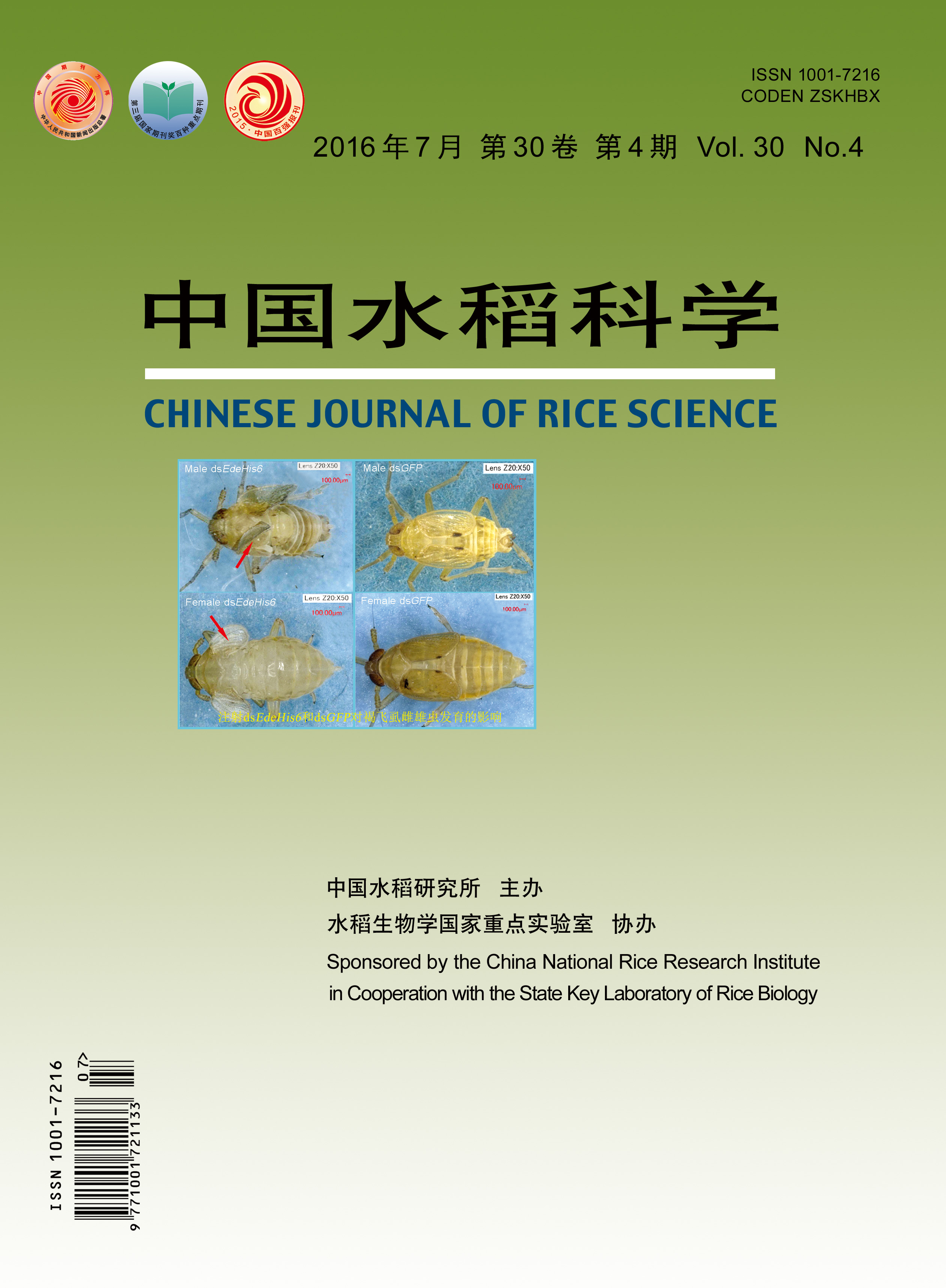In order to study the effects of controlledrelease fertilizer application on double cropping rice, a successive 2year locationfixed field experiment was carried out in double cropping region in red soil paddy field derived from the Quaternary red clay in Nanchang, Jiangxi Province of southern China. The field experiment covered 4 treatments including no fertilizer (CK), recommended application split by three times (OF), controlled release fertilizer all used as basal fertilizer (100CRF) and 80% controlled release fertilizer all used as basal fertilizer (80CRF), and each treatment had three replicates. During the two years plantation, rice yield, rice nitrogen uptake and nitrogen use efficiency of each treatment were measured and the conclusion could be drawn that the average yield for the two years followed the order of 80CRF>100CRF>OF>CF>CK, and the treatment 80CRF, 100CRF, and OF increased rice yield by 25.32%, 2393% and 23.86% respectively, compared with CK (P< 0.05). However there was no significant difference between different nitrogen fertilizer treatments. As for the average nitrogen uptake in two years , 100CRF and 80CRF treatment were significantly higher than OF treatment in early rice and 100CRF treatment was higher than OF treatment in late rice (P < 0.05), but 80CRF and OF were no significant difference in late rice. The nitrogen uptake manifested same trend between straw and grain. The nitrogen recovery efficiency of 100CRF, 80CRF treatment were significantly higher than the OF treatment (P< 0.05). Nitrogen agronomic efficiency, partial factor productivity of applied N at the highest of 80 CRF, is significantly higher than 100CRF and OF treatments (P < 0.05). Nitrogen physiological efficiency and Soil N dependent rate at the highest of 80 CRF in late rice in 2012 and OF in doublerice in 2013 respectively, were significantly higher than 100CRF treatment (P < 0.05), but there was no significant difference between 80CRF and OF treatment. Therefore, onetime use of controlled release fertilizer regardless of the quantity and reduce the dosage of 20%, it could reach the recommended fertilization production levels, and could significantly increase the nitrogen content and uptake in rice. Full amount of controlled release fertilizer utilization rate of nitrogen fertilizer could only improve nitrogen uptake both early rice and late rice, but caused N luxury absorption and nitrogen physiological efficiency lower; Reduced by 20% controlled release fertilizer, the nitrogen recovery efficiency, the agronomic efficiency, and the partial factor productivity for applied N were significantly improved in early and late rice. There was no difference in nitrogen physiological efficiency between 80 CRF treatment and optimized fertilization. On the basis of stable yield, 80CRF treatment has saved the cost and improved the effect of the nitrogen utilization.

